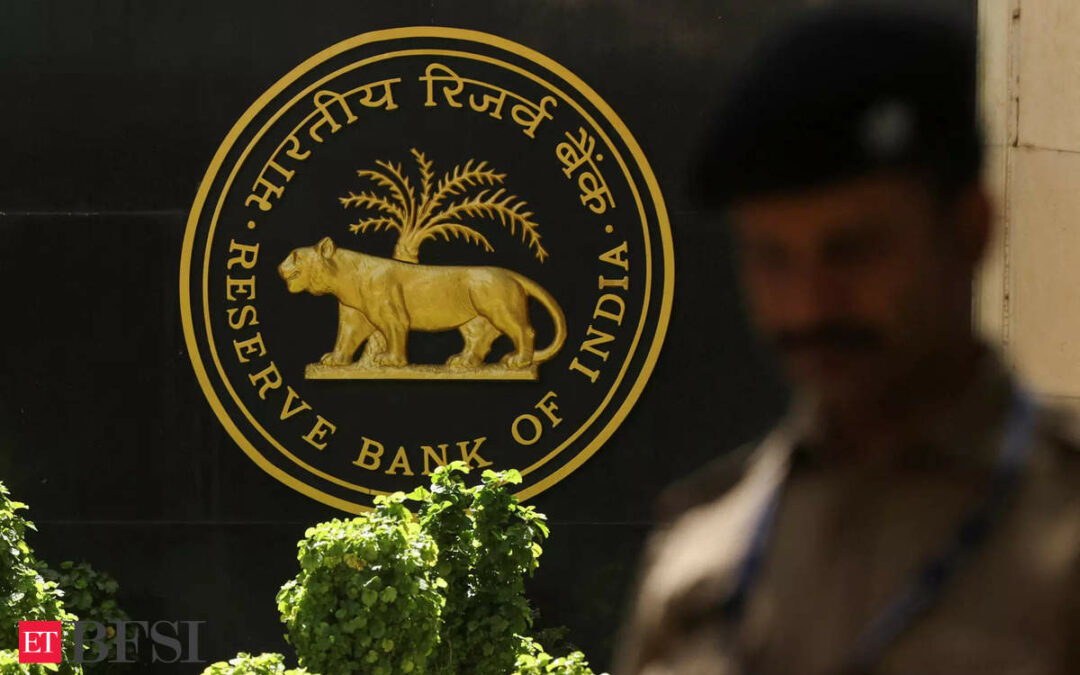The Reserve Bank of India (RBI) has proposed a transparent mechanism for declaring a borrower a wilful defaulter. It’s also expanding the definition and is planning to make it harder for such defaulters to secure funding for future ventures.
The move follows a Supreme Court decision earlier this year that made it mandatory for lenders to give borrowers a chance to represent themselves before declaring an account as fraudulent.
The central bank has also laid down a lengthy system of identification to make it foolproof. It proposed an outstanding balance threshold of ₹25 lakh, above which all accounts would be examined for identification.
“The primary objective of these directions is to provide for a non-discriminatory and transparent procedure, while complying with the principles of natural justice for classifying a borrower as a wilful defaulter by the lenders,” said the RBI, which issued a draft master direction on treatment of wilful defaulters and large defaulters.
Large defaulters are those that have an outstanding amount of Rs 1 crore and above. According to RBI data, there were about 16,000 cases of wilful default involving nearly Rs 3.5 lakh crore at the end of 2022.
The draft circular expands the scope for regulated entities that can classify borrowers as wilful defaulters. It broadens the definition of wilful default and refines the identification process. It mandates a review and finalisation of a wilful default within six months of an account being classified as a non-performing asset (NPA).
While the RBI has proposed to expand the definition of wilful defaulters, it plans to make lenders more accountable in the entire identification and classification process, said Kuntal Sur, PwC India’s financial services risk consulting head.
The central bank stated that a borrower as well as a guarantor can be deemed a “wilful defaulter” when they don’t pay even if they have the capacity to honour the obligation. Borrowers that divert or siphon off funds and/or dispose of collateralised assets without the knowledge of the lenders will also be classified as wilful defaulters.
If a borrower fails in their commitment to the lender to infuse equity despite having the ability to do so, it will be treated as a wilful default.
The RBI said that no additional credit facility shall be granted by lenders including banks and non-banking finance companies to a wilful defaulter or to any associated entity. Wilful defaulters would also not be eligible for debt restructuring.
“The directions also aim to put in place a system to disseminate credit information about wilful defaulters for cautioning lenders to ensure that further institutional finance is not made available to them,” the RBI said, telling lenders to formulate a non-discriminatory board-approved policy that clearly sets out the criteria based on which the photographs of persons classified and declared as wilful defaulters will be published.
Senior bankers have said that the process of naming and shaming wilful defaulters had slowed after the apex court ruling.
The lender will incorporate a covenant in the agreement while extending credit facilities to a borrower that it shall not induct on its board any person whose name appears in the list of wilful defaulters, the RBI said.









